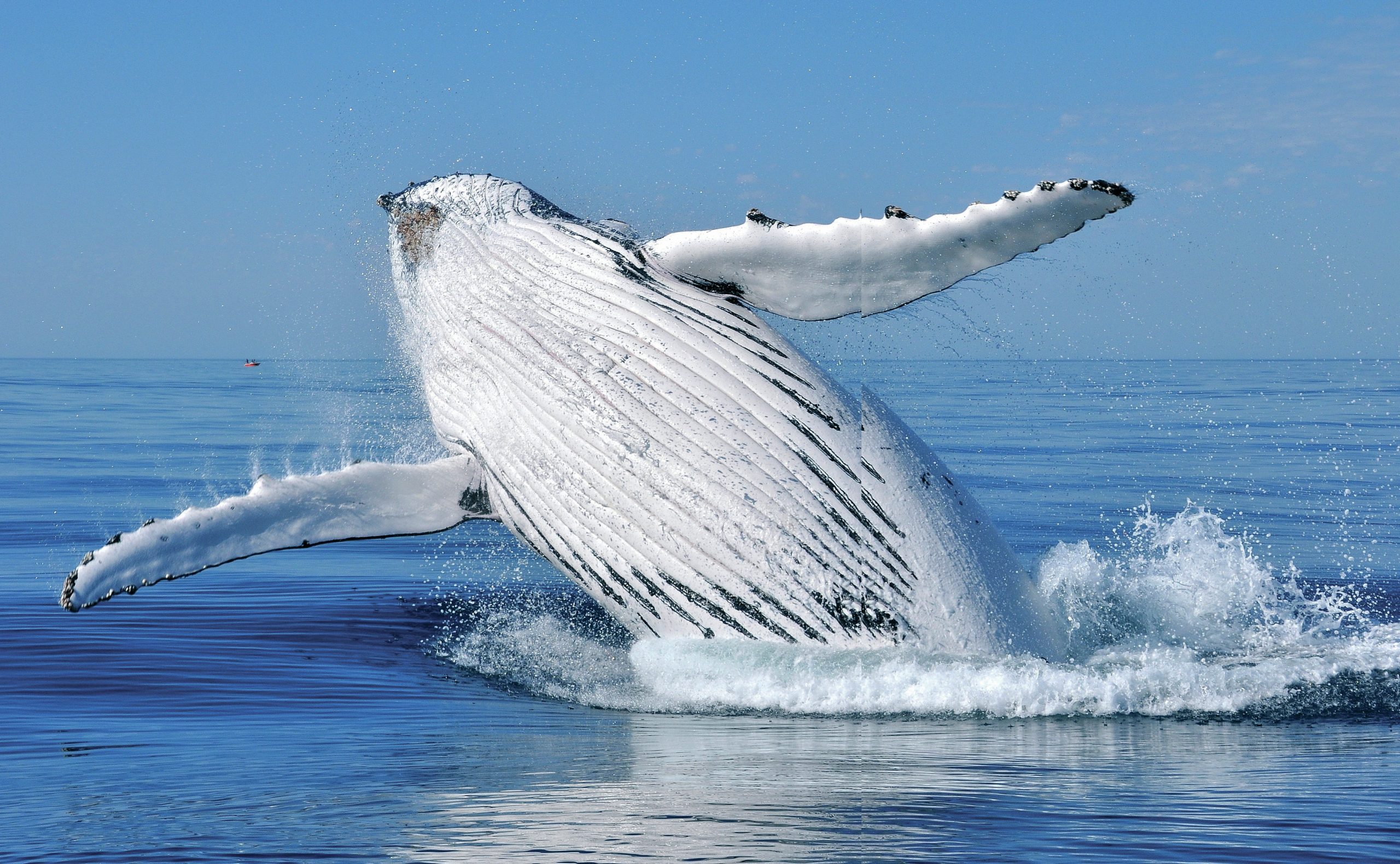
Should valuable natural resources pay for their right to survive on the planet? This may seem a strange question, but many environmental policy makers believe that they should. This article explores a new scheme designed to protect whale species from harvesting for human consumption or scientific research. The scheme aims to harness the ‘market power’ of consumers who are willing to pay for whales not to be caught.
To understand why the scheme has been devised we need to look at recent attempts to reduce the global catch of whales, and why they have been ineffective.
Your organisation does not have access to this article.
Sign up today to give your students the edge they need to achieve their best grades with subject expertise
Subscribe




